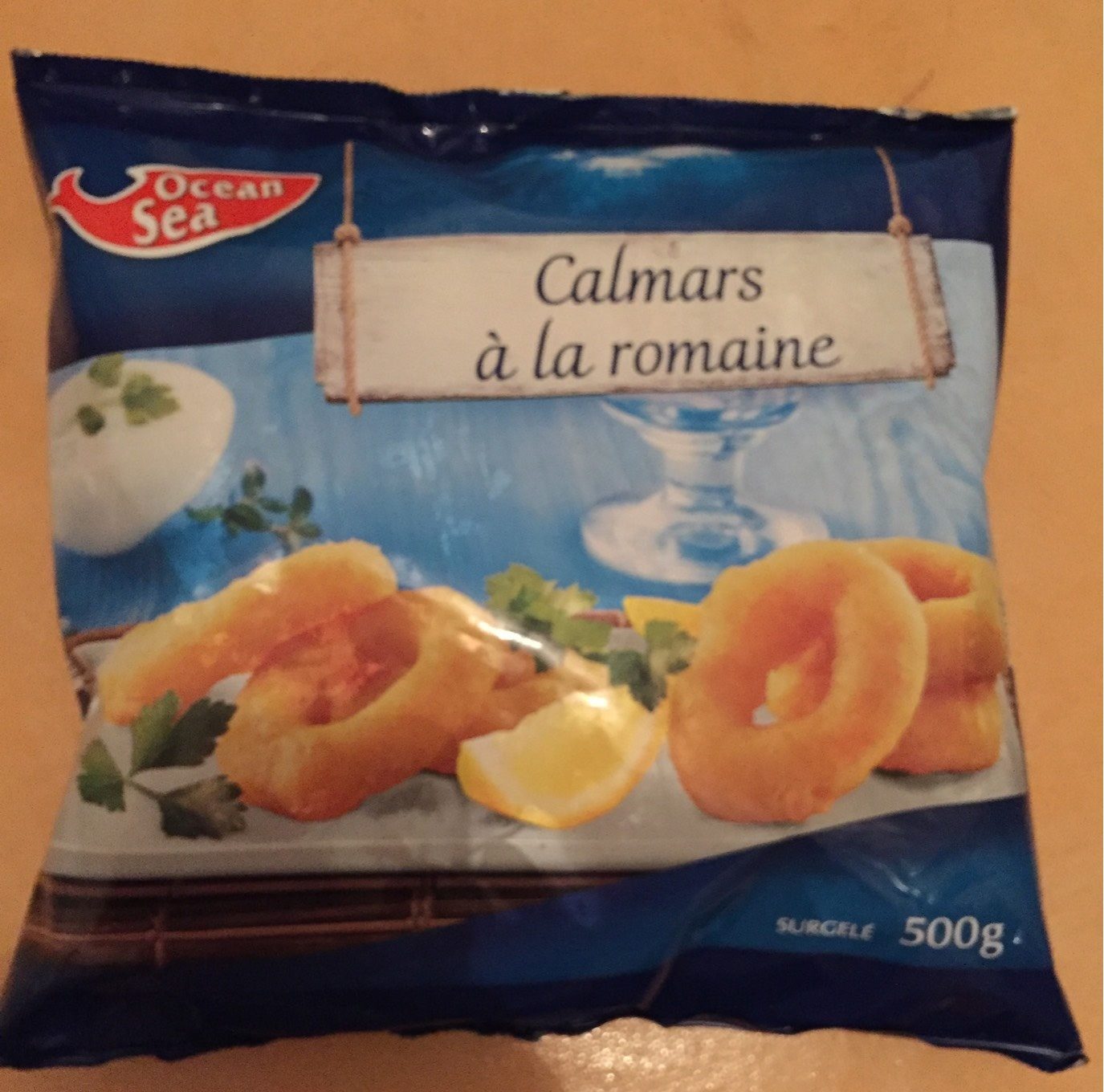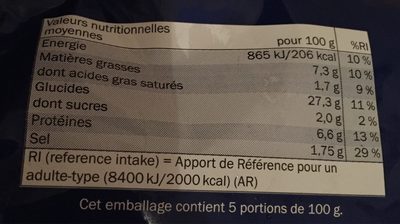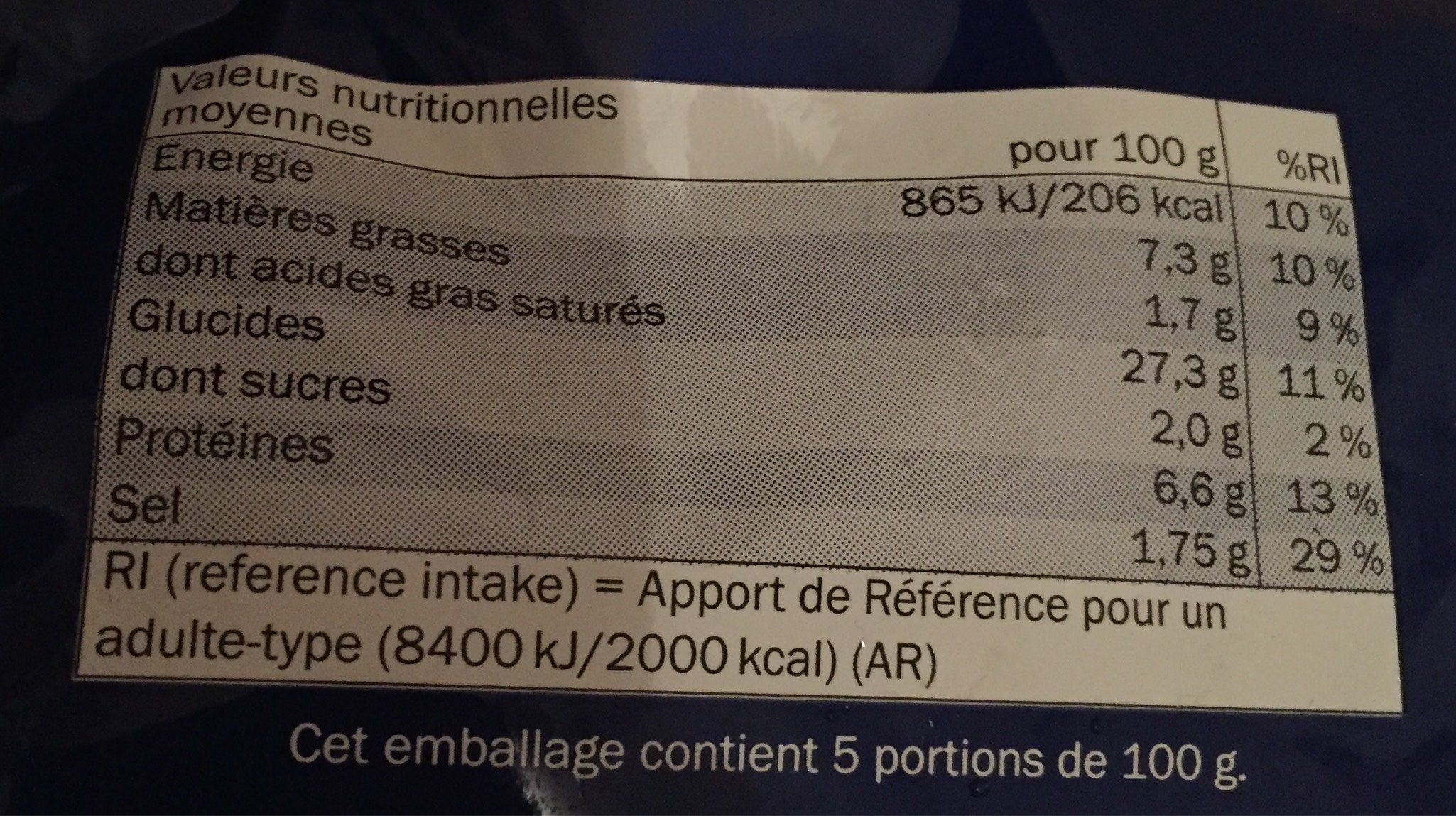Calamars à la Romaine - Ocean Sea - 500 g
Ambiguous barcode: This product has a Restricted Circulation Number barcode for products within a company. This means that different producers and stores can use the same barcode for different products.
×
This product page is not complete. You can help to complete it by editing it and adding more data from the photos we have, or by taking more photos using the app for Android or iPhone/iPad. Thank you!
×
Common name: Calamars à la Romaine
Quantity: 500 g
Brands: Ocean Sea, SoloMar, LA CALDERA
Categories: Seafood, Frozen foods, Meals, Mollusc, Breaded products, Calamari, Frozen ready-made meals, Fried foods, Squid fritter Roman-style
Manufacturing or processing places: Espagne
Traceability code: ES 26.01061/PO CE
Stores: LIDL
Matching with your preferences
Environment
Carbon footprint
Packaging
Transportation
Report a problem
Data sources
Product added on by date-limite-app
Last edit of product page on by roto.
Product page also edited by kiliweb, nouky20, openfoodfacts-contributors, packbot, quechoisir, roboto-app, sto, yuka.VElCWk80Z1J1Y01YcHMwWjB5cjVvdnNwL0xQNEIwZm1jOFZJSUE9PQ.
If the data is incomplete or incorrect, you can complete or correct it by editing this page.










